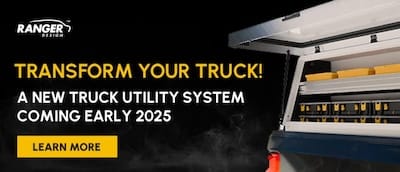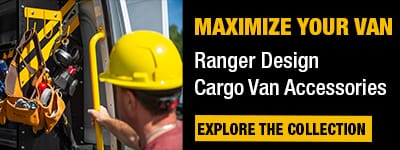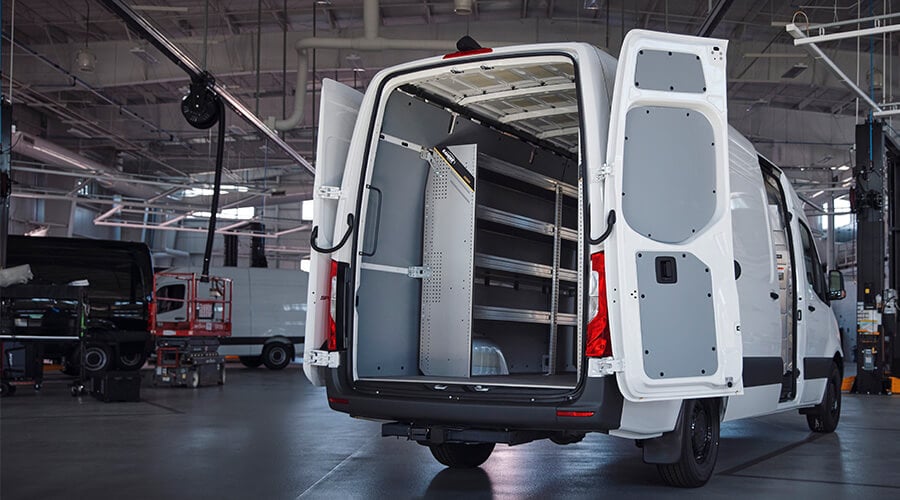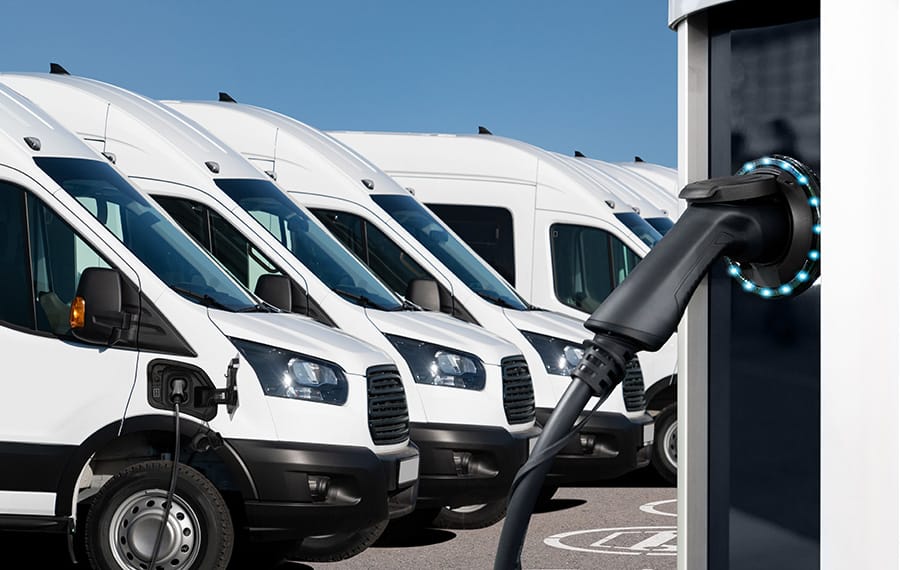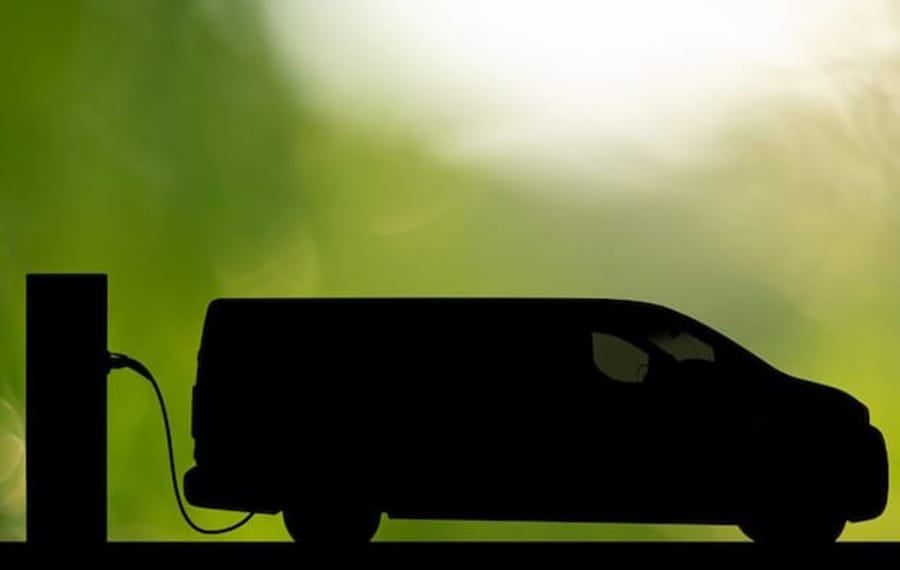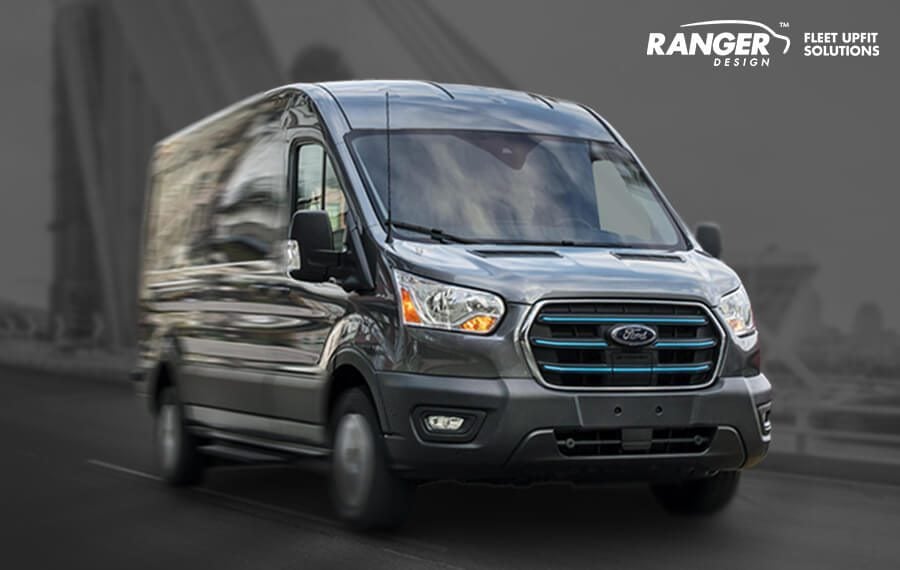
Is The Future in Electric Vehicle Fleets?
As the technology around us moves into a more futuristic world, it may be time to do the same with your fleets. Trends in the next 10 to 20 years show a gradual transition from current gas run fleets, over to electric vehicle fleets. Companies like Ford and Mercedes have launched the E-Transit and E-Sprinter, and many other electric van manufacturers like Brightdrop, Rivian and Oshkosh have taken the market by storm. So, does that mean the future is in electric vehicle fleets? If that’s the case, how can you achieve that smooth transition to an EV fleet while still optimizing cost and efficiency? Below are some suggestions to help you with the road ahead.
Consider the Benefits
Although it may seem a little daunting at first, it’s good to do your research and learn the positive aspects of an EV fleet. For one thing, it’s a great marketing tool! By announcing this transition, you are showing your customers that your company is eco-friendly and willing to make a change to support a greater cause.
Another benefit is the long-term maintenance of the vehicles. According to the Office of Energy Efficiency and Renewable Energy*, electric vehicles cost 40% less to maintain. The initial cost of purchasing EV fleets may be high, but it could be worth it if your vehicles last longer with less down-time.
Lastly, there are funding options available to help reduce the upfront costs of an EV fleet, such as their charging stations. Grants, discounts, and rebates may be applicable to further increase your return on investment**. (These may differ depending on your location, so be sure to do your research prior to purchasing.)
Choose the Right (Light) Upfit
Another good way to experience a positive way of life with an EV fleet, is to choose the right upfit. Since your vehicle’s range may be a little more limited, it is a good idea to choose a lightweight upfit that will help extend the range. For example, a great way in increase payload without sacrificing quality, is to opt for composite aluminum shelving instead of steel. Steel is 2.5 times denser than aluminum and although it may not seem like much, this will become more apparent when it comes to your vehicle’s range.
Optimize Your Space
Lastly, a good option for transiting to electric vehicle fleets, is to downsize to smaller vehicles. Smaller vans will be lighter and can give you an extra 20 miles of range! They are also less expensive and will still offer up a great amount of storage space if you optimize it wisely. Shelving and other storage units like partskeepers, bottle holders and bins, are a great investment. Upfit your EV fleet vans with a well thought out package that allows all your tools and equipment to be stored in an accessible spot, and you won’t even notice the downsize!
So, in conclusion, for those of you considering a transition to EV fleets, the process may not be as daunting as it once seemed. It is definitely a big step and one that needs to be well thought out but luckily, it’s not a decision that you have to make immediately. Change does not happen overnight; however, it is good to keep an open mind for the future!
Interested in how Ranger Design can help you transition smoothly? Contact our EV Fleet Experts today to learn more!
* https://www.energy.gov/eere/vehicles/articles/fotw-1190-june-14-2021-battery-electric-vehicles-have-lower-scheduled
** https://www.electrificationcoalition.org/resource/ev-funding-and-financing-guide/

